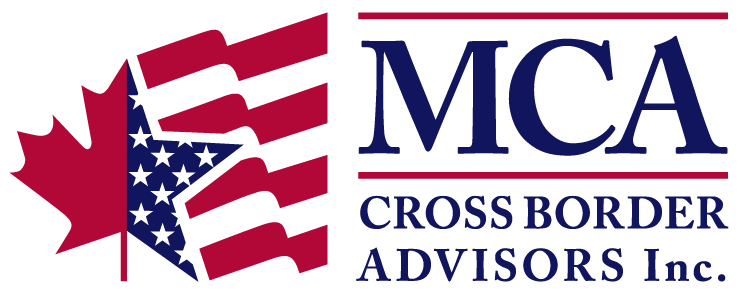Unlike RRSP contributions, Canadian Pension Plan (“CPP”) contributions are mandatory payments that are made throughout one’s career in Canada. Our clients are sometimes concerned that they will not be eligible to collect CPP if they are living in the US at the time when they would like to begin receiving payments. Clients have similar concerns about their eligibility to receive Old Age Security (“OAS”) payments from the Canadian government after they become US residents.
Fortunately, non-residents of Canada typically remain eligible for CPP and OAS payments. (It should be noted, though, that in order to receive OAS payments, Canadians living in the US must have lived in Canada for at least 20 years after turning 18.)
Our clients can also take comfort in two facts: i) at 62, even if they have never worked in the US, they will be eligible to receive spousal Social Security payments if their US spouse is receiving benefits; and ii) the IRS treats CPP income more favourably than the CRA does. US residents who receive CPP benefits get a tax break from the IRS: they are taxed on only 85% of the amount received at a lower federal rate than the CRA imposes on Canadian residents, who are taxed on 100% of their CPP income.
There are, however, potential cross-border pension payment limitations that may affect Canadians who marry Americans, move to the US, and go on to continue their careers south of the border. Such individuals may work for enough years in the US (typically ten years of full-time work) to be able to earn their own US Social Security income in addition to CPP payments.
Due to the Windfall Elimination Provision, though, a US domestic law that allows the US government to claw back Social Security payments of US residents and citizens who earn CPP income, some Canadians who marry Americans and move to the US mid-career may not be able to collect US Social Security payments stemming from their own earnings later in life.
We work with our clients to balance the competing cross-border pension rules that may exist in Canada and the US and, moreover, to advise on planning opportunities.
